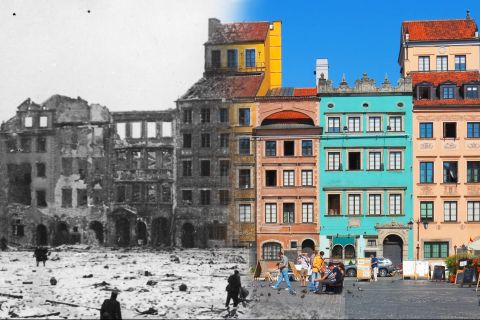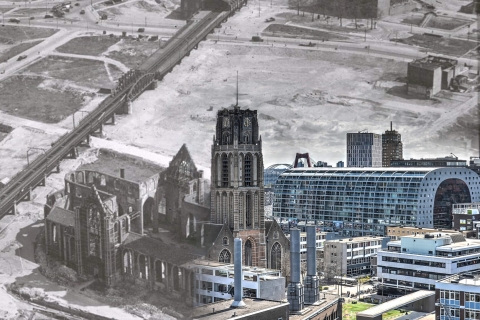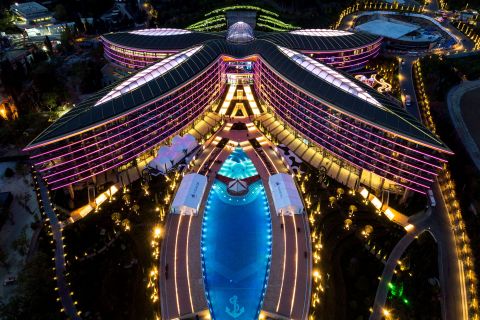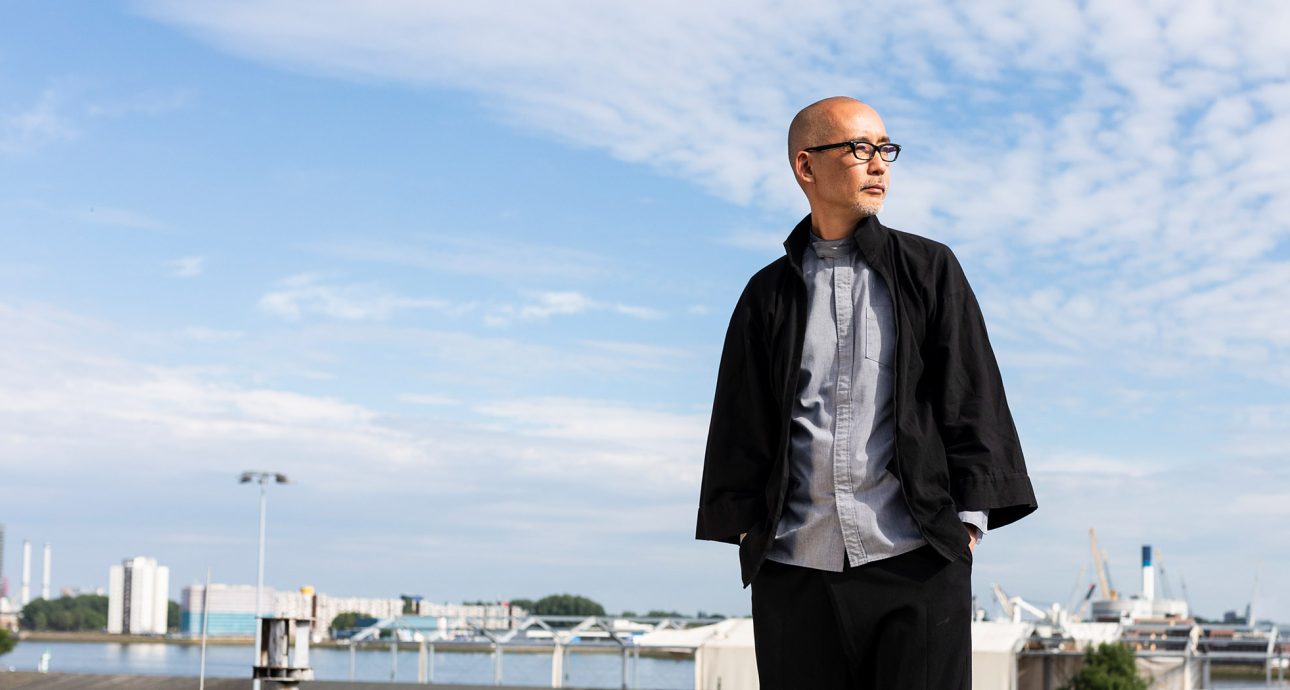
“I Recommend Hiring a Dutch”: Architect Hiroki Matsuura on Why Foreigners Should Help Rebuild Irpin
Dutch architect and urbanist Hiroki Matsuura has stunning project geography spanning China, Finland, the Czech Republic, and Russia. He even took a chance to work in Ukraine, developing UNIT.City’s public spaces in Kyiv and designing Mariupol’s Metinvest Polytechnic University.
Perhaps, that was why Irpin authorities entrusted Matsuura with rebuilding the city. After visiting Irpin in June, the architect has agreed to develop a master plan for the city’s post-war reconstruction. The news garnered mixed reactions among activists. They slammed the authorities for inviting a foreigner and the architect for the years he had worked in Russia.
Bird in Flight asked the architect to respond to the activists’ all claims. Also, we found out what made him stand out compared with the Ukrainian city planners and what Irpin will become after he rebuilds it.
Let’s start with the main question. Will you do Irpin reconstruction?
I don’t know. I offered my services to the city and have until the 26th of June to provide a more detailed proposal. Then, it’s up to the city hall to decide if they want me or not.
Who approached you with an offer to rebuild the city?
I have been making every effort to help since the war started. I gave shelter to a Ukrainian family and looked for ways of participating in rebuilding Ukrainian cities. Then, Irpin authorities invited me to the Irpin Reconstruction Summit, an event when the city’s reconstruction was discussed.
I felt stupid during the event, talking about general things without any understanding of how much the city was destroyed. Moreover, I didn’t know for sure if the city needed me at all. Therefore, I decided to visit Irpin and see everything for myself.
The Irpin city hall told me about the volunteer help the city got and the candidates for handling its reconstruction — they had an entire list of architects, including foreign ones. However, the officials had no concrete proposals as to the Irpin in general at the time.
I have a long history of working in Ukraine. You have only general city plans, and there is no culture of master plans here. Meanwhile, I have worked on master plans for twenty years and know a lot about them.

Please, tell us what a master plan is for those unfamiliar.
It’s a document that includes drawings, images, and notes about them.
There are all kinds of drawings there: functional zoning for the city, plans for greenery planting, public spaces, bicycle infrastructure, transport infrastructure, etc. There is also a concept that explains the logic behind the decisions, e.g., why a school should be built here and not anywhere else, why this greenery needs to be preserved, and why one residential area needs to be developed more densely than the other. Any city resident can read the master plan, meaning that this document is a tool for communication between local authorities and the public. The developer working in the city must adhere to the concept, logic, and rules laid out in the master plan.
Meanwhile, the general plans used in Ukrainian cities cover only quantitative indicators, like how tall a building should be and its purpose. General plans don’t explain the logic behind the decision.
Does the master plan cover the visual aspects, like the building exterior or the city’s architectural style?
It does, but only in part.
Usually, city design guidelines are developed in the same documentation package as the master plan — it’s a common practice in the Netherlands, the USA, the UK, and Scandinavian countries. These guidelines describe all kinds of things from the architectural style to brick colour and building materials. However, they are not legally binding.
Bear in mind, however, that you can’t develop detailed recommendations for the next couple of decades because any regulation may become obsolete.
The master plan and guidance need constant attention from the city planner. In the Netherlands, we do it like this. A developer prepares the project and presents it to the city authorities. During the presentation, they discuss with the master plan author or supervisor how much the project fits the document.
Suppose some land plot was allocated for office buildings under the master plan. However, later the market changed, and offices were no longer needed there. The developer offers to construct a residential building there to tackle the housing shortage. Their offer is then discussed. That is to say that a master plan is not something set in stone but rather a roadmap.

How much time can it take to create a master plan for Irpin?
Completing one for Kharkiv or Kyiv could take years. However, six months should be enough for a compact city like Irpin. The actual time frame depends on how fast the city hall responds.
How much could its creation cost?
There is no fixed price. It depends on the time frame and the team — the more people, the higher it is. We haven’t made any calculations for Irpin yet.
Which key things Irpin’s master plan must include?
Besides the usual suspects, like residential areas, conservation of natural resources, and a functional plan, the public transit layout should be updated, and a bicycle infrastructure plan developed. I rode the bicycle around Irpin for about seven hours and found out that the city lacks safe bicycle lanes.
I would also determine the places for cultural buildings and reinvent the space around the railway stations — it currently leaves much to be desired.
However, it all can wait because the city has more pressing needs. There is a problem of refugees and people who lost their homes. Hundreds of flats in the city have no windows, and winter is coming. We need to address those issues first, bicycle lanes can wait.
Listening to you, many would say it’s too early to talk about rebuilding while the war continues. What would you say to that?
Do the residents of destroyed buildings have to wait for the war to end? I don’t think so.
The reconstruction of Rotterdam kicked off four weeks after World War II ended, but its master plan was prepared well in advance. Irpin city hall also expects to get the document now, and it can start implementing the master plan after the war.
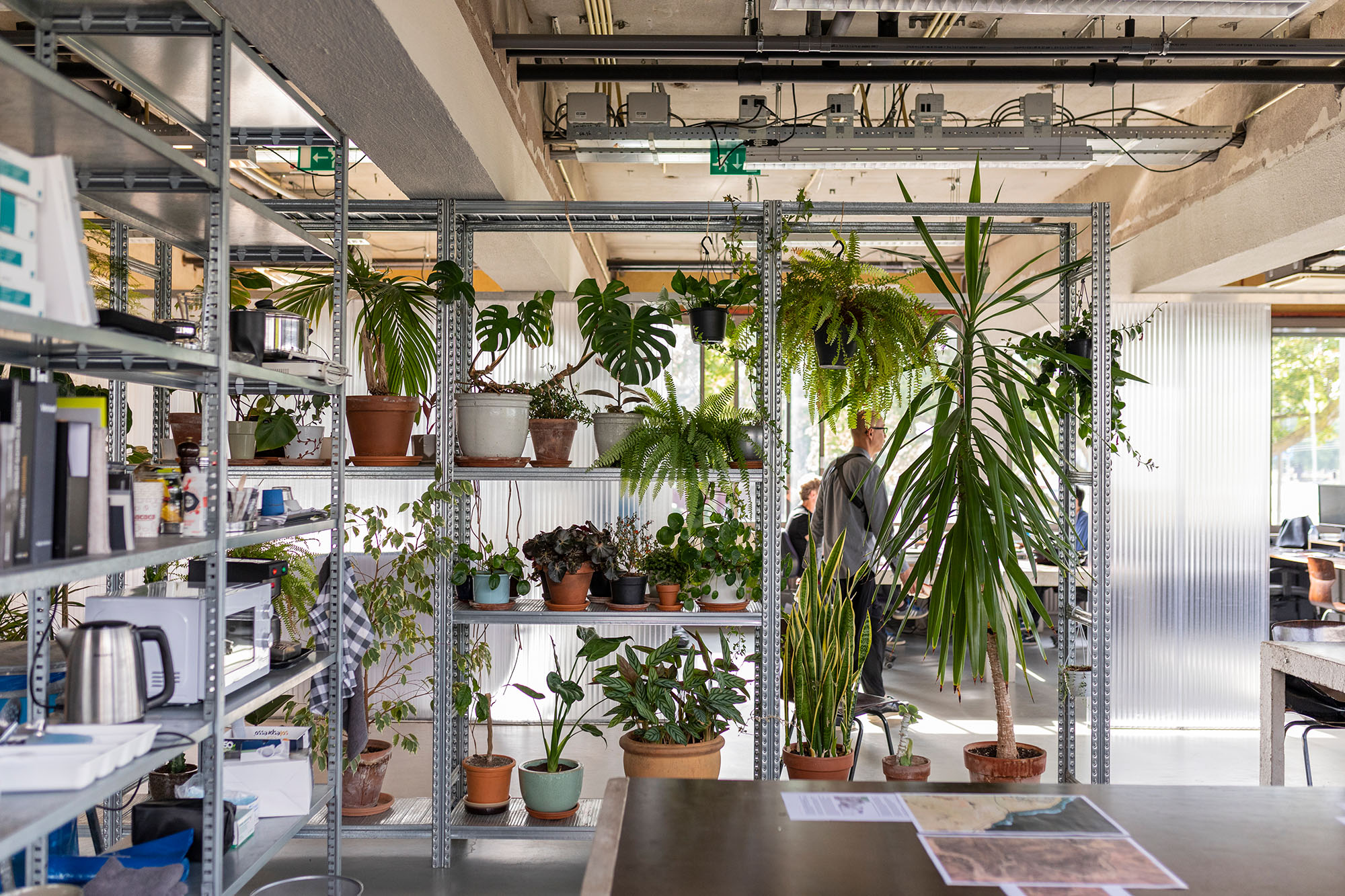
During your visit to Irpin, you said it was the best city you’ve ever seen. What did you like about it?
I never said that.
I’m a fan of parks, trees, and greenery, so I went to a few parks while cycling around to evaluate the state of green plantations and how well-tended they are. Sadly, there were few public places where the plants looked cared for in the Ukrainian cities I had visited. Meanwhile, in Irpin, they were immaculate. I couldn’t believe my eyes, so I told the mayor, and I quote, “From all the Ukrainian cities I have visited, Irpin is the best from the greenery care standpoint”. Then the greenery part was cut.
Also, I said that Irpin could become the most popular city in Ukraine. Located near the capital, it has real estate prices and natural conditions to attract young people. However, it takes developing the city appropriately to maintain this popularity.
Irpin could become the most popular city in Ukraine.
To put it mildly, the Ukrainian architectural community had a mixed reaction to you being entrusted with making a master plan for Irpin’s reconstruction. Many opposed the decision. Did you hear something about that?
I know that many believe that the Ukrainians will do just fine on their own. I have no doubts about it either. However, would it lead to the best outcome?
There have been many top-notch architectural and interior projects in Ukraine over the past years — you need no help with that. Still, you are lacking in the city planning department and need expert assistance. By the way, Japan has the same problem — it has no famous urbanists.
A master plan is not the result of one author’s work. It’s creation is like working with an orchestra. The city planner is just directing the team. Therefore, I suggest that Irpin assembles a team — I am ready to supervise that team because I have the experience. Also, if you look at the team I suggested, you will see only a few foreigners there, and the rest are Ukrainians. Sadly, I can’t reveal the names just yet — negotiations are in progress.
I don’t insist it should be me, but I recommend hiring a Dutch.
Are you suggesting that the Dutch are the best city planners in the world?
Our country is very progressive in this field. We are among the best in city planning, that’s for sure.
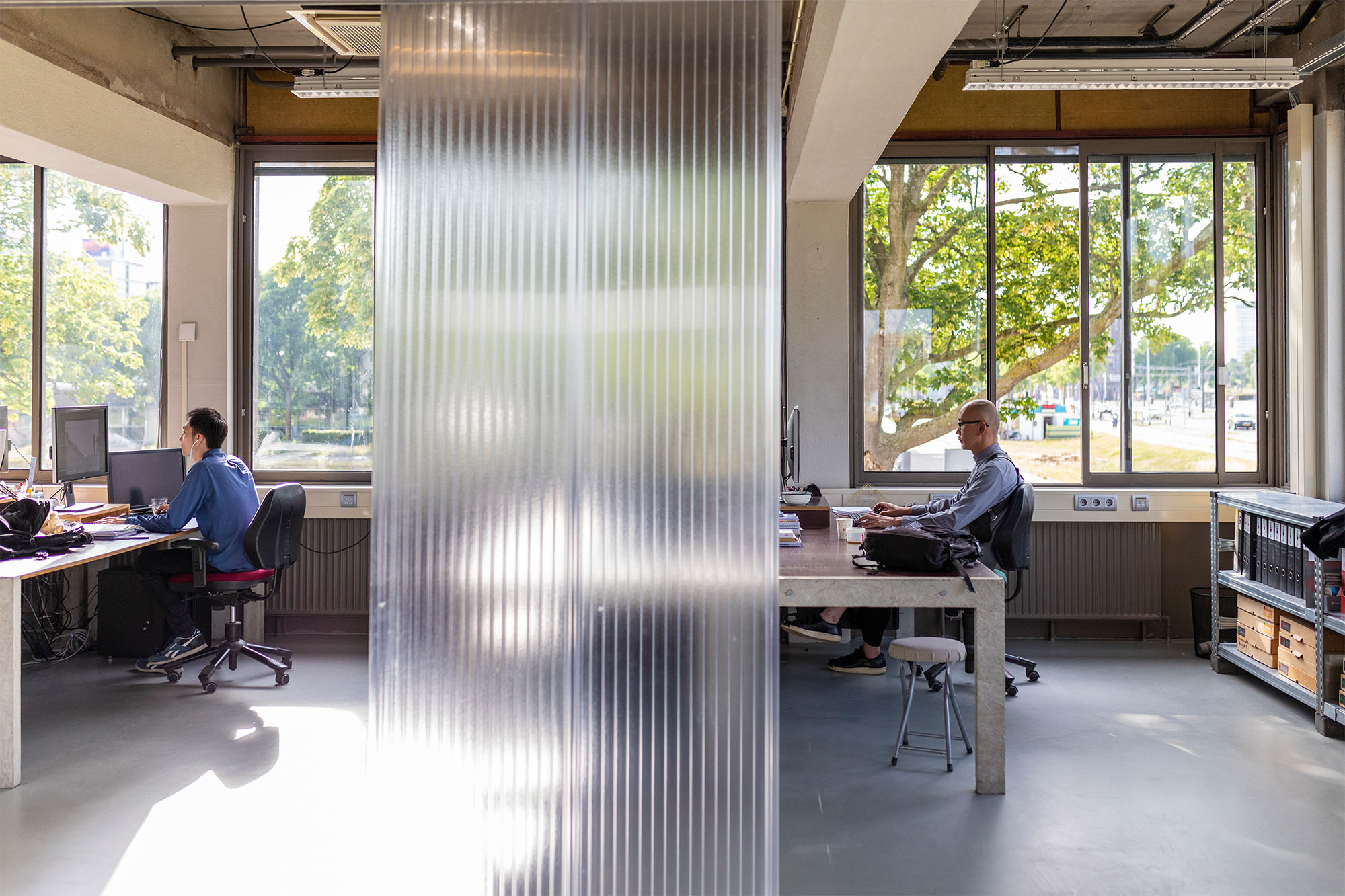
I believe the backlash was because you did some projects for Russia, not because you were a foreigner. Your website lists 34 projects, 18 of which are Russian. Why did you enjoy working there?
My first project in Russia began in 2006, and in Ukraine — in 2007. I have been working in both countries since that time and didn’t stop even after the events of 2014. I have always been open about it. During my lectures in Ukraine, I showed my Russian projects as well as those in other countries.
Why did I work in Russia? Because I got orders from there.
Your website also mentions that you left Skolkovo Foundation’s urban council in Moscow. When and why did you do it?
I did it when the war began. I had to because I couldn’t stand Russia’s aggression. I would have done it even if I didn’t work in Ukraine.
When the war broke out, I suspended my involvement with Skolkovo and
The Ukrainian architectural community has also pointed out your alleged connection to the FSB, as you had to be given access to the city plan to work on the Skolkovo project. In Soviet times, it could be done only with the approval of the KGB. Given the importance of Skolkovo, you might have had to deal with the FSB and so might still be working for them. What would you say to that?
I heard about this one and was utterly surprised by it. I’ll be honest, I have never worked with the FSB.
This is what an FSB agent would say.
Yes.
I didn’t meet with any FSB representatives and have never heard about that regarding any other professional who worked on master plans in Russia. Besides, we didn’t implement any master plan there — those were all contest submissions. We did win a competition of projects for post-Olympic Sochi, but the development was stopped, and the idea wasn’t implemented.
You know, if people are afraid to trust a professional who worked in Russia for many years with developing a master plan for Irpin, they would be better off not hiring me. As simple as that. I’m not the only city planner in Europe. I don’t beg to be hired — I just offer my help.
If people are apprehensive of trusting me with developing a master plan for Irpin, they would be better off not hiring me.
Did you visit or work in Crimea after its annexation?
No, I worked only in Russia.
Moscow Architecture School
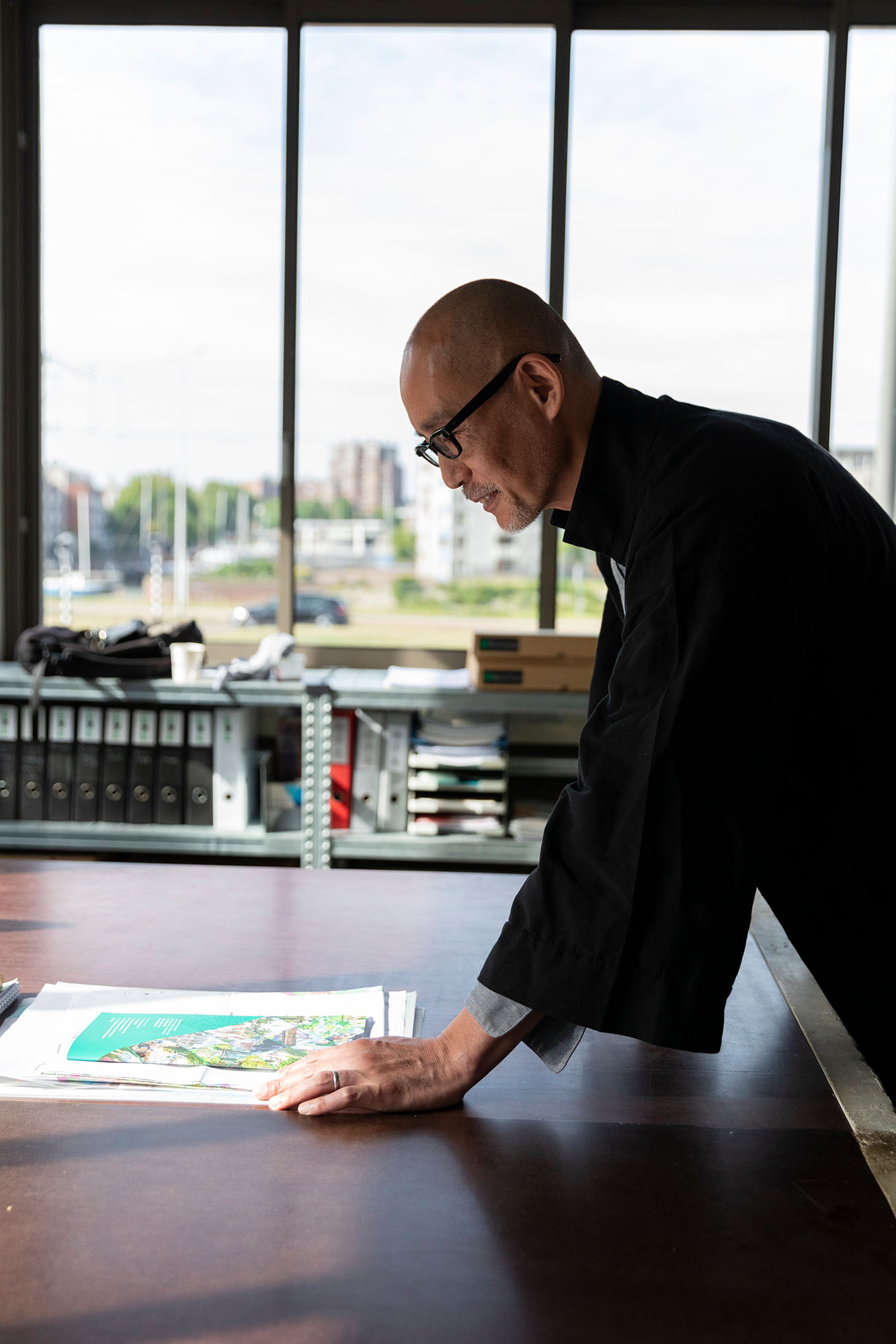
In the light of the discussion about your history of working in Russia, another question resurfaced: can architecture and architects stay out of politics? How would you answer it?
It’s a very broad question. Personally, I try to keep away so that I don’t become a tool in some politician’s hands.
How can a city planner stay out of politics? Suppose you say that the city should focus on pedestrians. But it’s a political statement of sorts nowadays.
Indeed. However, going by your logic, everything is politics.
Perhaps, it’s hard for urbanists to detach from politics. However, we have leverage in that we can turn down orders that contradict our values.
Do you have any experience with post-war reconstruction?
No, but nobody has.
Which cities have you visited during the war besides Irpin?
I have visited Dnipro and Kyiv.
I used to frequent Kyiv even before the war. The city now functions differently than usual, albeit looks more cheerful than I imagined. It’s good news. I saw how people were enjoying the summer city, but the empty shop windows made me sad.
In the case of Dnipro, it was my first visit. It’s a very peaceful city, too. Even more so than Kyiv. Being there, you kinda stop noticing the war.
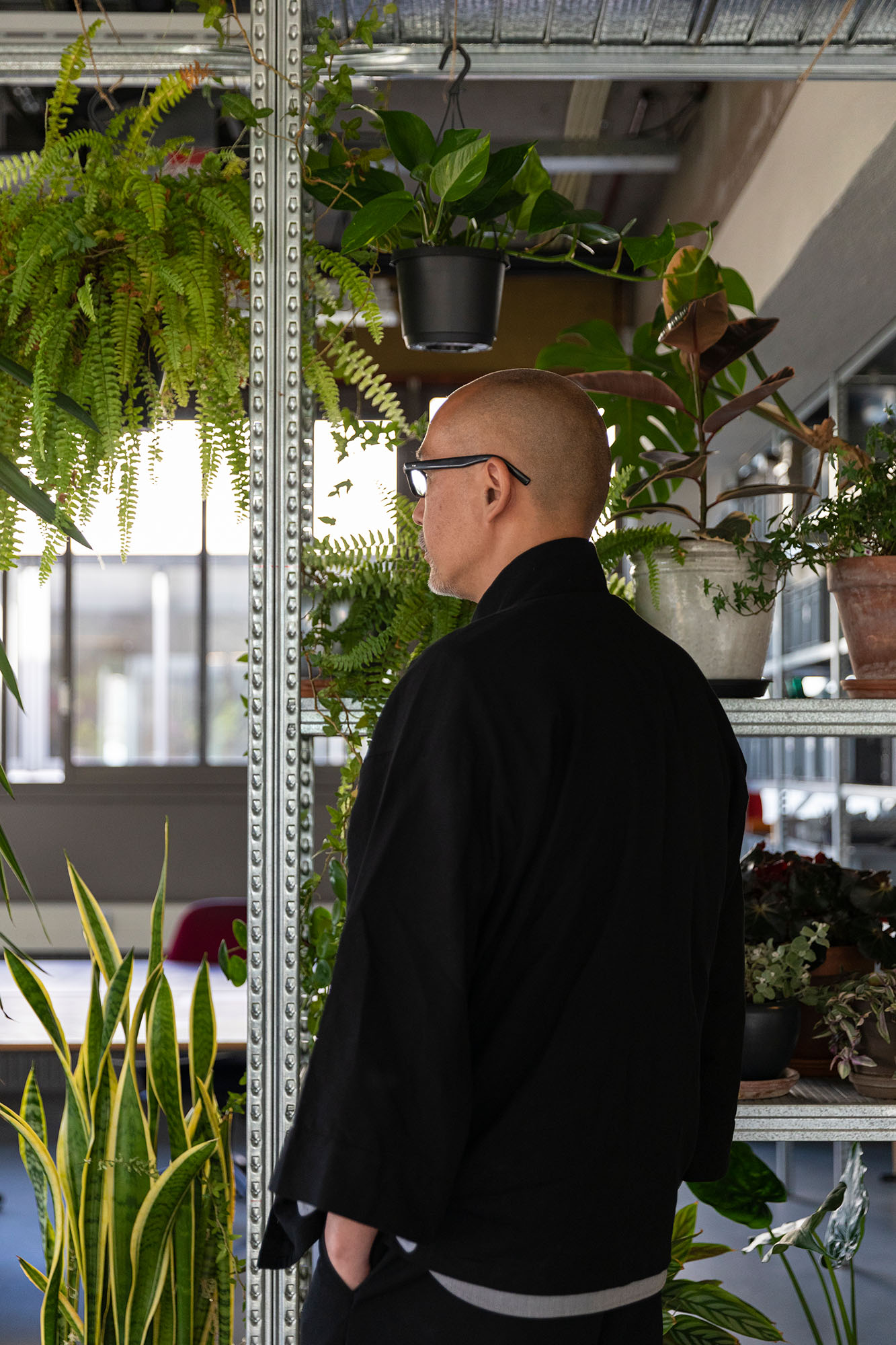
Which cities would you like to rebuild if the Irpin project doesn’t work out?
I don’t know, I haven’t visited any other destroyed cities. However, I have special feelings for Mariupol because I used to work there. The construction of the university building I designed started there before the war.
I feel the same about Kherson. Several months ago, I gathered mushrooms in a nearby forest, and now it feels sad that the city is under occupation.
Again, it doesn’t matter what I want. What’s important is what I can do to help. The professional ethic compels architects to offer assistance. However, I’m not hungry for this work. So let me reiterate: if my involvement in the reconstruction projects is a problem, you can always find another.
What advice do you have for Ukrainian architects involved in rebuilding Ukraine?
I see many initiatives to rebuild Ukrainian cities. I see many studies and debates. Talk is good, but you need more action because winter is coming. The time is running out. This is why I came to Irpin.
Photo: Jamila Di
New and best
